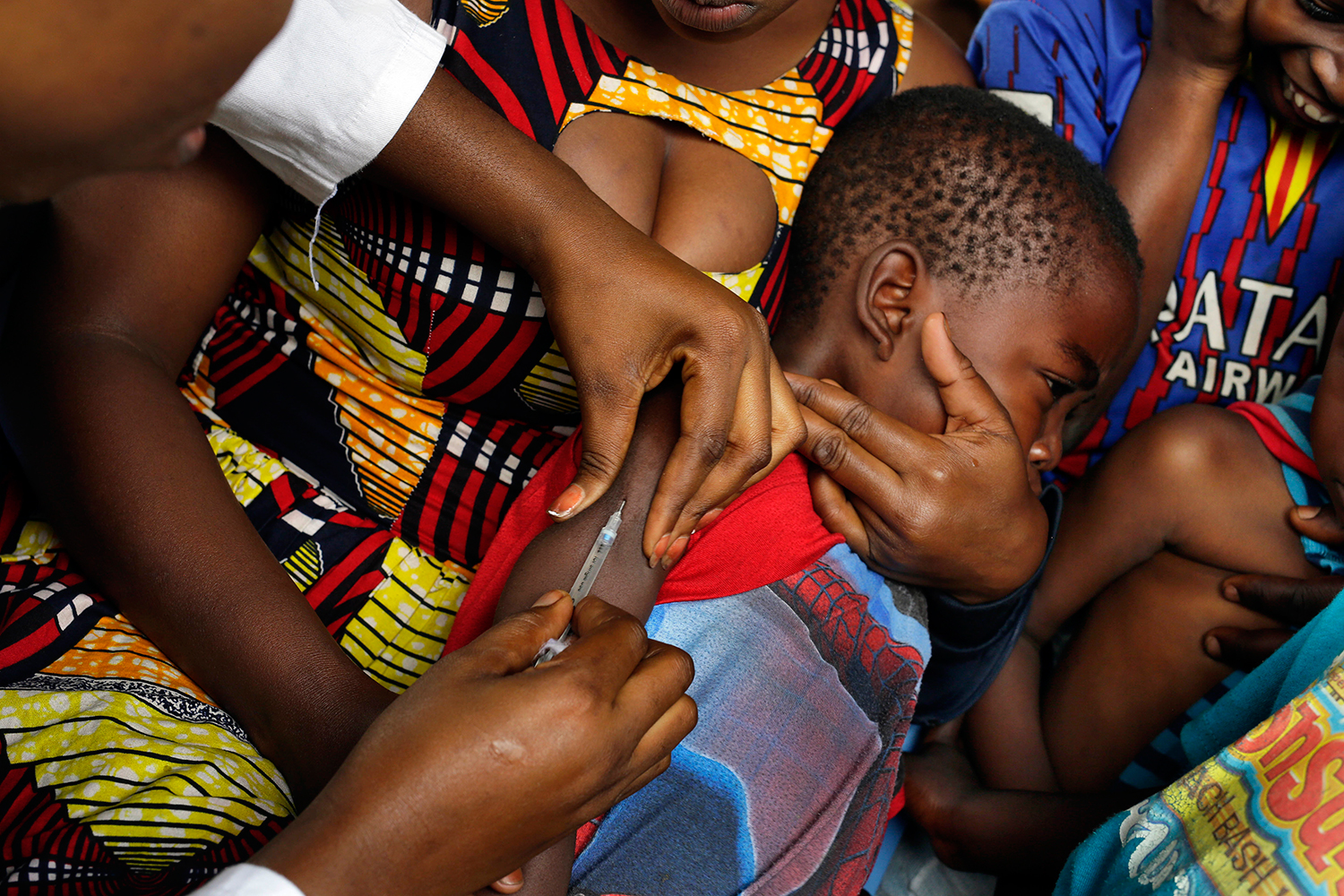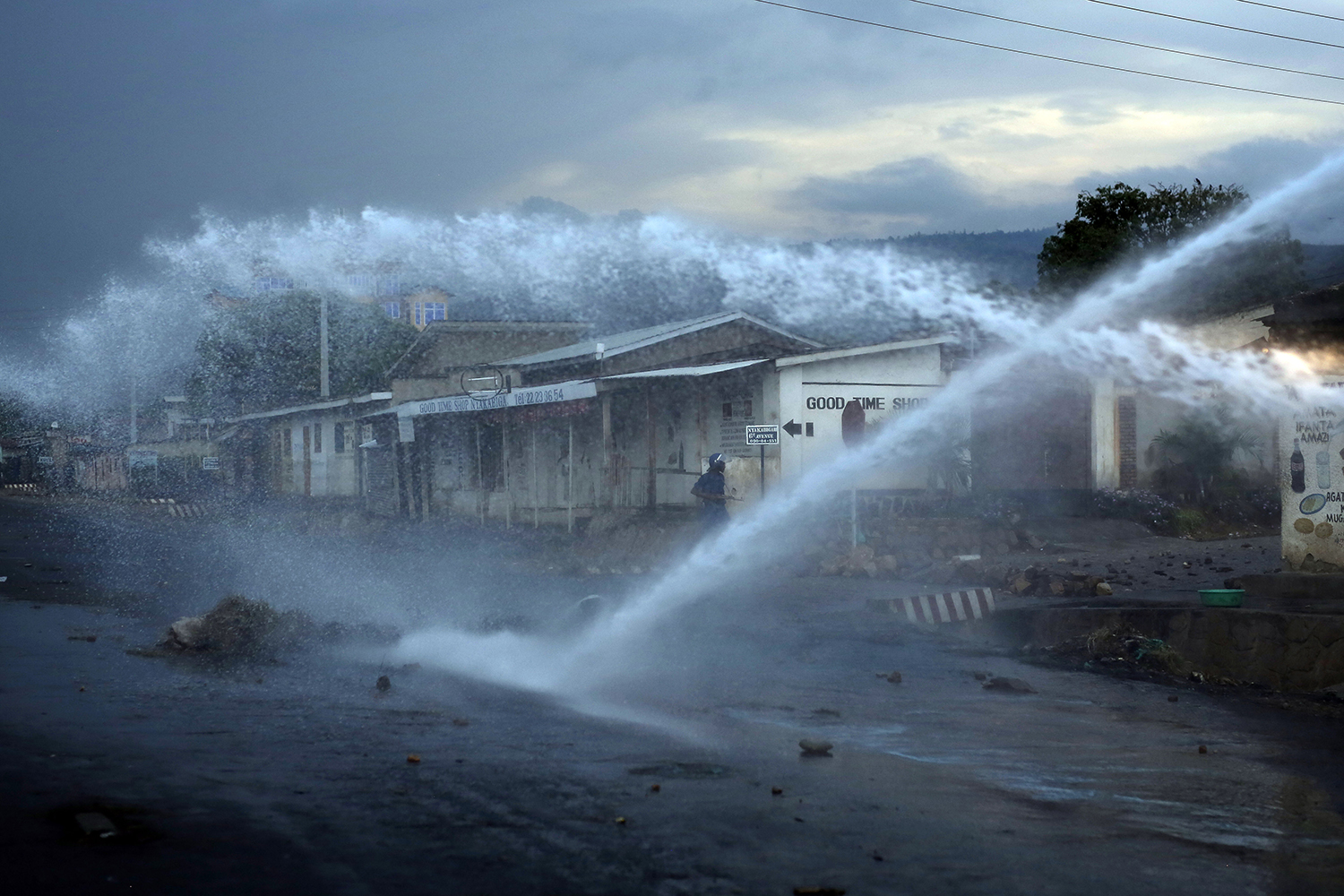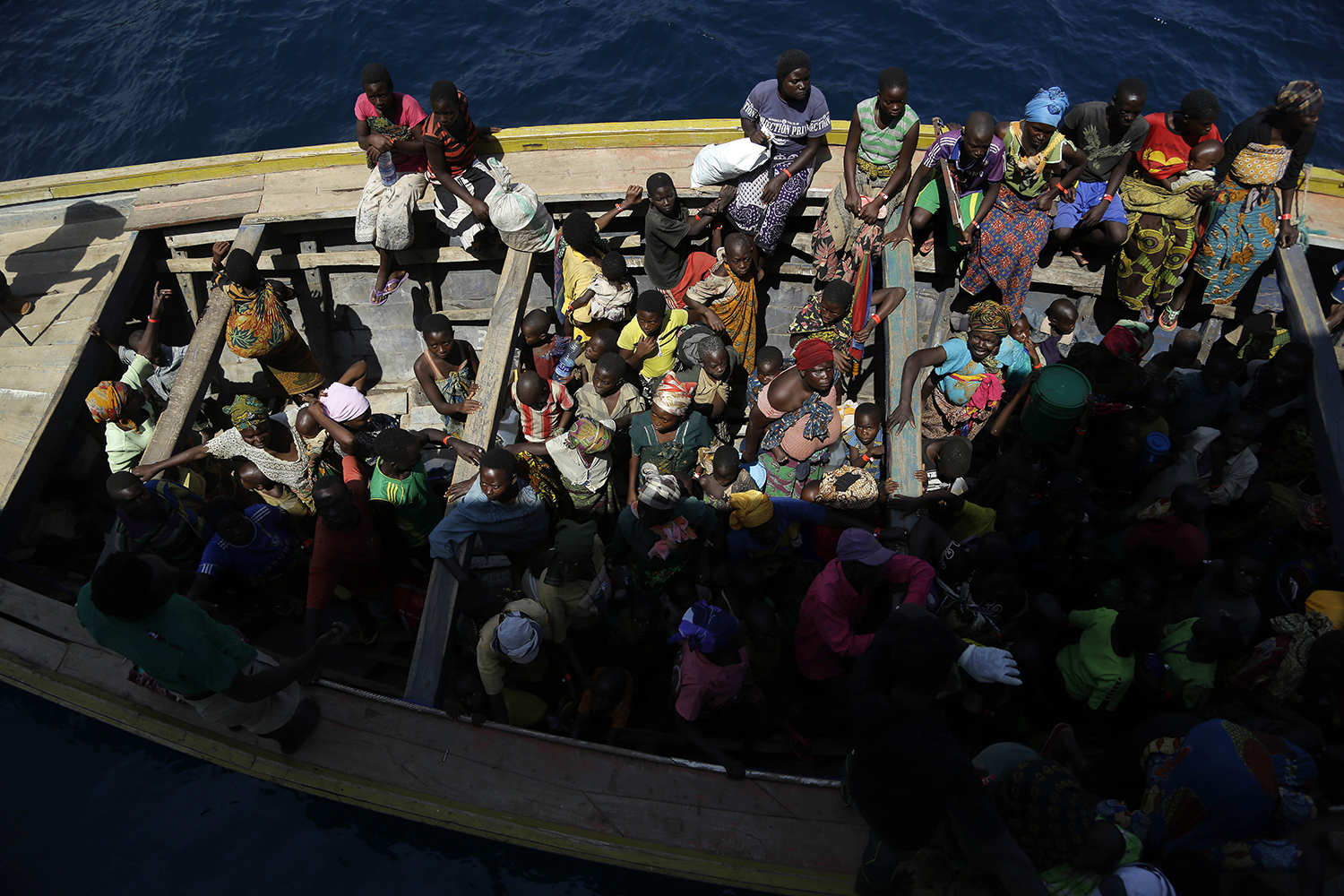Ebola: life at ground zero

When 2-year-old Emile Ouamouno caught a fever, started vomiting, passed blood in his stool and died two days later, nobody knew why.
Nor did anyone really ask. Life is unforgiving in this part of the world, and people often lose their children to cholera, malaria, measles, typhoid, Lassa fever and a host of other illnesses that have no name.
Now Emile is widely recognized by researchers as Patient Zero, the first person to have died in the latest Ebola outbreak back on December 28 last year. And Meliandou, a small village at the top of a forested hill reached by a rutted red earth track, is notorious as the birthplace and crucible of the most deadly incarnation of the virus to date.
Today villagers here are in debt, stigmatized, hungry and still angry and deeply suspicious about who or what brought the disease that has devastated their lives. It is a question scientists have yet to answer conclusively, although they have come to Meliandou to test great apes and bats as possible sources.
In the meantime, Ebola has left Emile's grandfather, 85-year-old Kissy Dembadouno, without hope. Dembadouno has locked the room in his house where the child died.
"Eight people died in that room. It must remain closed," he said. "All that is left for me is to wonder why God gives me any more days on this Earth."
Meliandou is a village of about 400 people — down from 600 last year, after dozens of young men abandoned it in the belief that the Ouamouno family or the entire village was cursed, according to the village chief. The village doctor, Augustin Mamadouno, was among the first to flee, and the clinic is shuttered and shunned as a place of death, not healing.
Those left here are gaunt, skin stretched tightly over their bones, with the only false signs of fat being the cruelly bloated stomachs of malnourished children. Families crowd into two-roomed houses built from home-made mud bricks. Their "kitchens" are open fires outside marked by three blackened stones.
Etienne Ouamouno, Emile's father, hugs his arms to his chest, as if for comfort, when he talks about the many deaths in his family, especially that of his only son.
"I was so traumatized by the deaths," said Ouamouno. (pronounced Wah-moo-noh) "I think we still are."
Like most of the villagers, he's also broke.
When Ouamouno took his son to the village doctor, he had to pay 20,000 Guinea francs ($2.75) for medication. It did no good. More expensive and useless trips to the clinic followed as Ouamouno's 4-year-old daughter died, then her mother, eight months' pregnant, followed quickly by the grandmother, an aunt and the midwife who delivered his wife of a stillborn baby.
Ouamouno had no money to pay for the burials and feed the many mourners who came from other villages to perform a mass funeral rite. So he borrowed 1 ½ bags of rice and 250,000 francs (about $35) — more cash than he sees in a year — and killed his last goat. He says it will take him a year to pay back his debt.
Even the little he had was lost, when everything was burned to avoid contamination. As he complains of the chilly nights, he puts his arm around one of his surviving children, 6-year-old Marie, who snuffled from a cold as snot ran down her nose.
"I don't own a blanket to cover myself at night," he said bitterly. "I don't own a goat ... What I carry is a weight of sorrow."
Before the Ebola outbreak, village treasurer Facine Ouamouno said, everyone contributed to the village coffers to give them a cushion in case of an emergency. But borrowing to pay for all the burials in Meliandou has emptied the communal chest that once held 8 million francs ($1,100).
"This was a catastrophe," he said. "Now we have nothing."
Worse than nothing — some of those indebted to the village fund have themselves died of Ebola.
The Guinean village of Meliandou, some 400 miles (600 kms) south-east of Conakry, Guinea, is believed to be Ebola's ground zero. (AP Photo/Jerome Delay)
In a tragic irony, the burials that bankrupted the village only helped to spread the disease. When people died, their bodies were washed by relatives, in line with tradition. They found out too late that this is one way to pass on Ebola, which can be caught only by direct contact with the blood or secretions of an infected person.
Meliandou — whose name in the local Kissi language means "This is as far as we go" — has also been left isolated, as neighbors in other villages turned on it.
"People are very, very angry with us, saying the disease started with us," said village chief Amadou Kamano.
Mourners who came to Meliandou refused to eat any of the food or drink the water. Eventually they stopped attending village funerals altogether, a slight that cuts deep in African culture.
At one point, they isolated Meliandou for days, Kamano said. They smashed the bridge that leads to town, cutting off access to the only working well and the main road.
People in Meliandou have even lost one of their few sources of protein to Ebola. After the virus was officially recognized in Guinea at the end of March, villagers were warned to stop eating "bush meat" — the fruit bats, cane rats and monkeys that provide protein but that scientists suspect are a reservoir for viruses like Ebola.
Without protein, the villagers are less healthy, said the village's health assistant Bernard Kamano, in a country where UNICEF estimates 50 percent of child deaths are related to malnutrition. Kamano is the only health worker left from the epidemic that killed the village's three midwives, known here as "wise women."
The Guinean village of Meliandou, some 400 miles (600 kms) south-east of Conakry, Guinea, is believed to be Ebola's ground zero. (AP Photo/Jerome Delay)
"They were the ones called to care for people when they became ill," said Suzanne Leno, who speaks for the women of Meliandou. "Who will care for us now?"
In Meliandou, as in many other villages across Ebola country, the disease is shrouded in mystery, surrounded by suspicion and rumors. People here still believe that Ebola was disseminated by white people seeking the deaths of blacks, including through a measles vaccination campaign; by a laboratory testing bats to create a vaccination against the virus; by politicians from a rival tribe bent on killing off the forest people; by white miners looking to exploit a nearby mountain of iron ore.
Fabian Leendertz, a veterinarian specializing in wildlife epidemiology from Berlin's Robert Koch Institute, said he and a colleague were testing whether the disease may have been transmitted indirectly by great apes, or directly by bats harboring it. Leendertz said findings should be published in a scientific journal in coming weeks.
"My personal opinion is that the virus is probably everywhere from time to time, and it's just a matter of ecological features and bad luck when someone gets infected," said Leendertz, who went back to Meliandou twice a day for 10 days to get villagers to cooperate with him.
Meliandou does have one hard-won victory to be proud of — Ebola is gone, at least for now, and the village is still standing. Kamano is thankful, and credits some of the doctors who came.
"(Otherwise) this whole village would be dead," he said. "It would have disappeared from the maps."
View the Ebola: Life at Ground Zero collection
Text by AP news story, Debt and Hunger at Birthplace of Ebola in Guinea, by Michelle Faul
Follow Jerome Delay on Twitter: @jeromedelay
Spotlight is the blog of AP Images, the world’s largest collection of historical and contemporary photos. AP Images provides instant access to AP’s iconic photos and adds new content every minute of every day from every corner of the world, making it an essential source of photos and graphics for professional image buyers and commercial customers. Whether your needs are for editorial, commercial, or personal use, AP Images has the content and the expert sales team to fulfill your image requirements. Visit apimages.com to learn more.
Written content on this site is not created by the editorial department of AP, unless otherwise noted.
AP Images on Twitter | AP Images on Facebook | AP Images on Google+


























